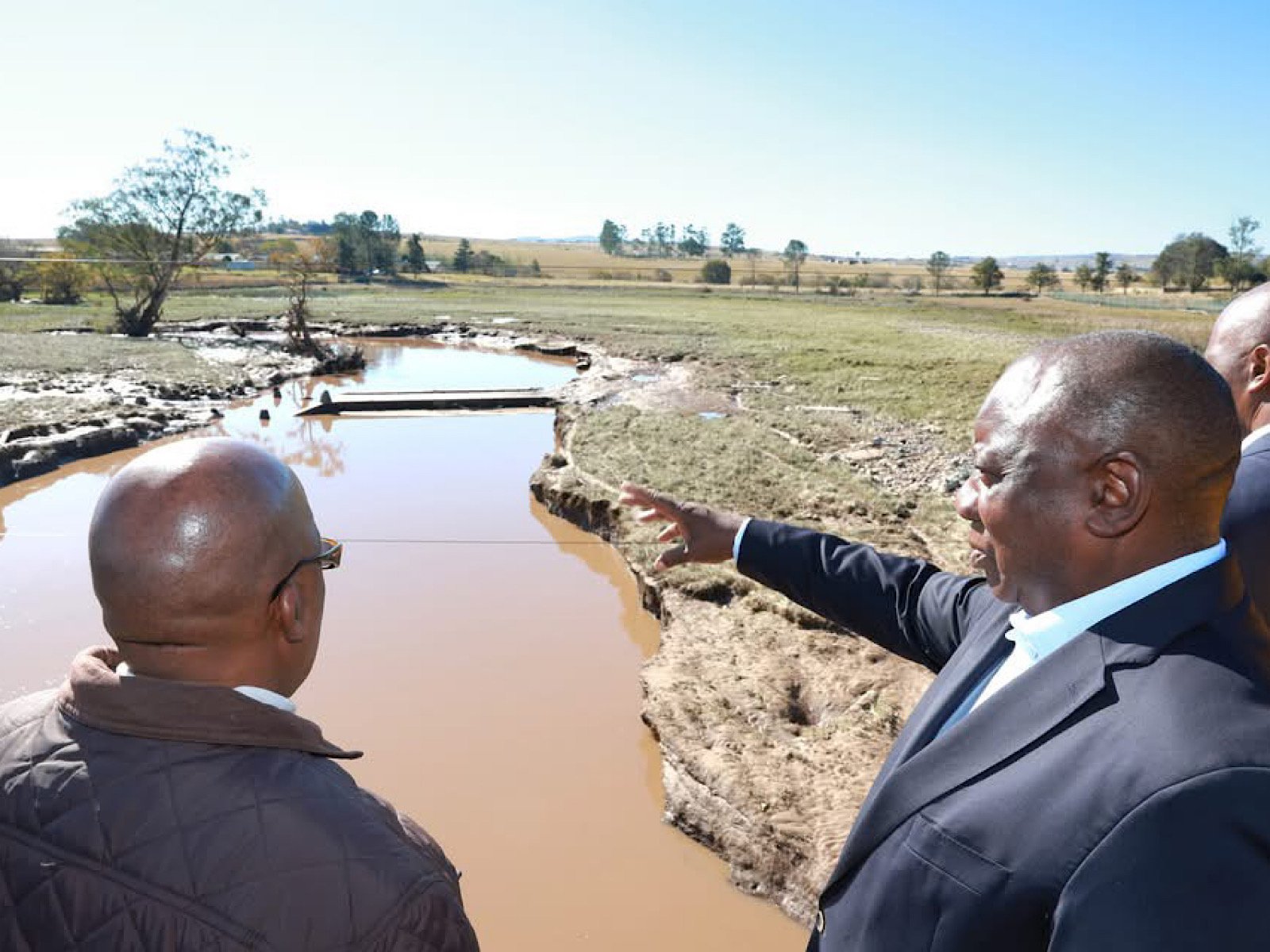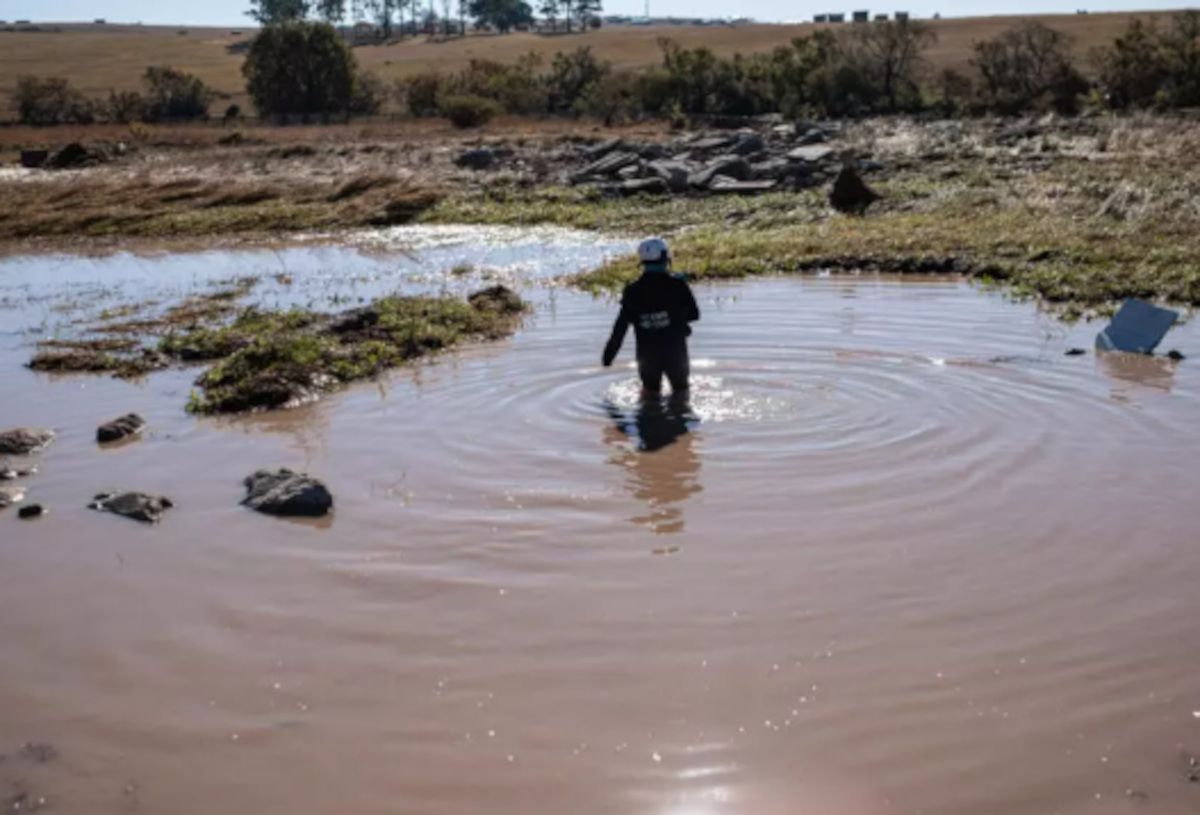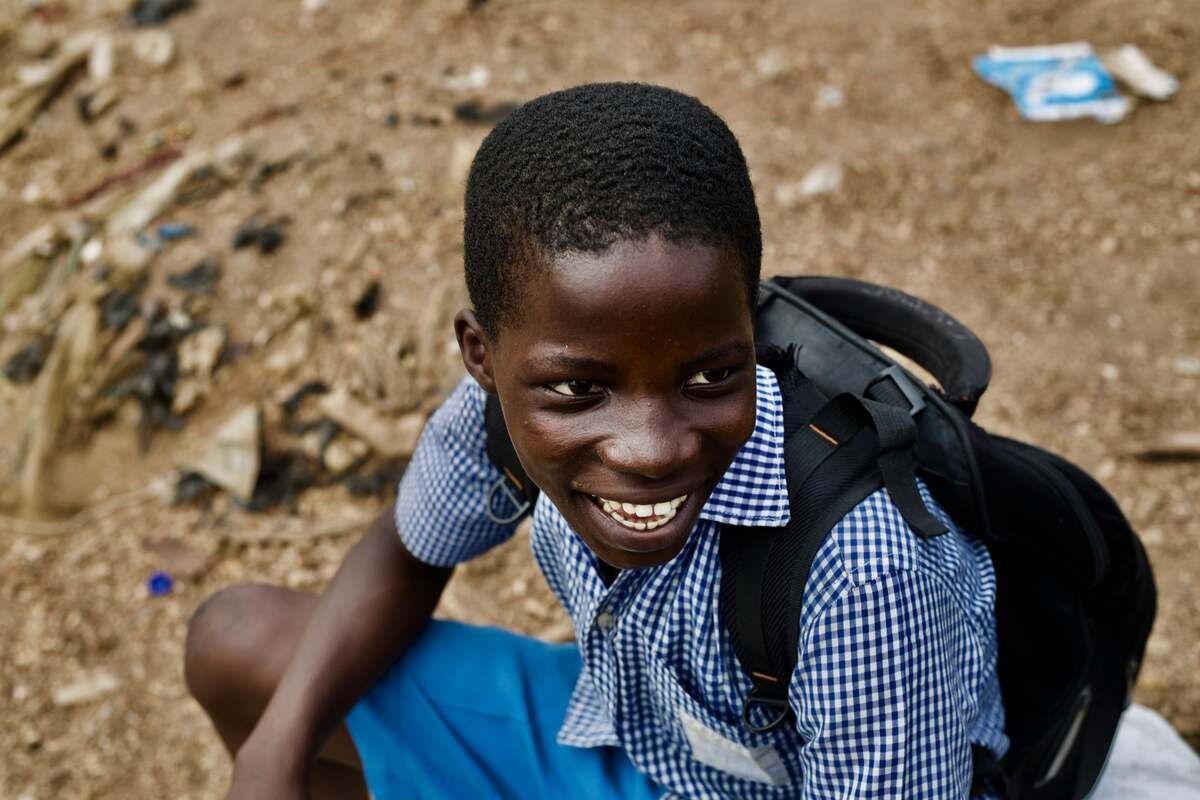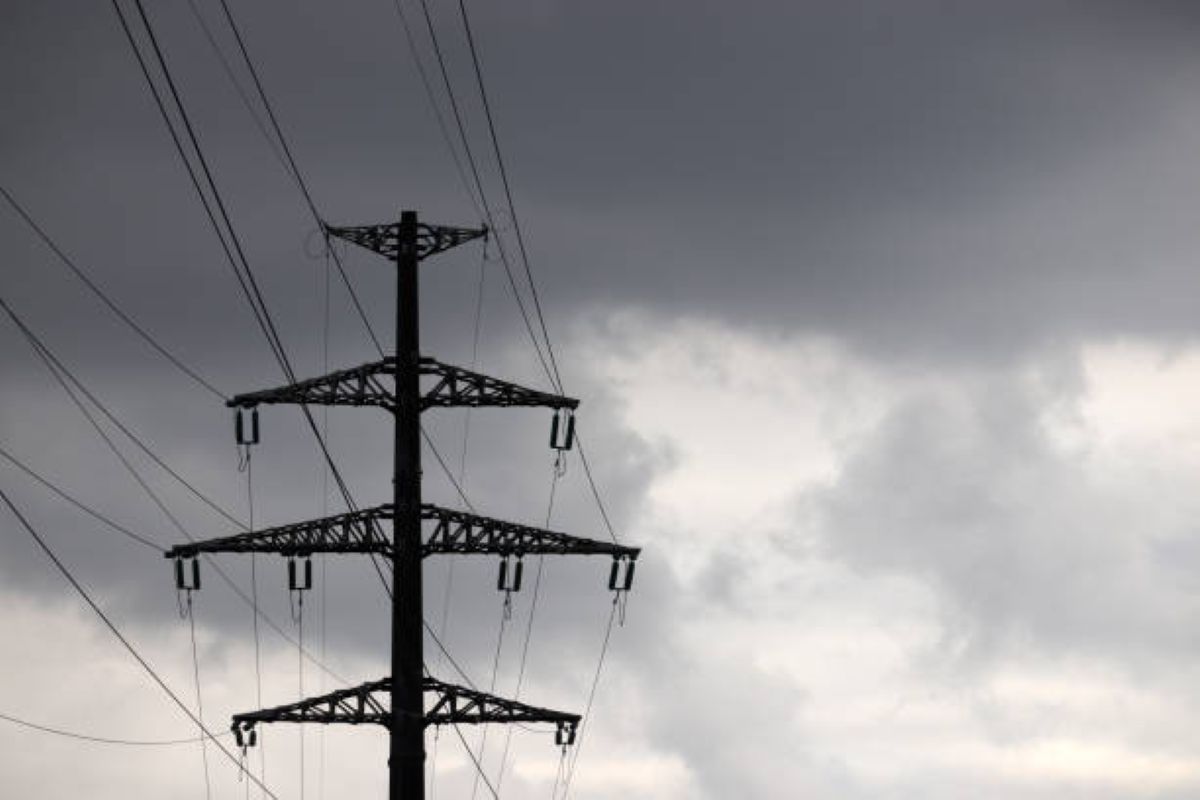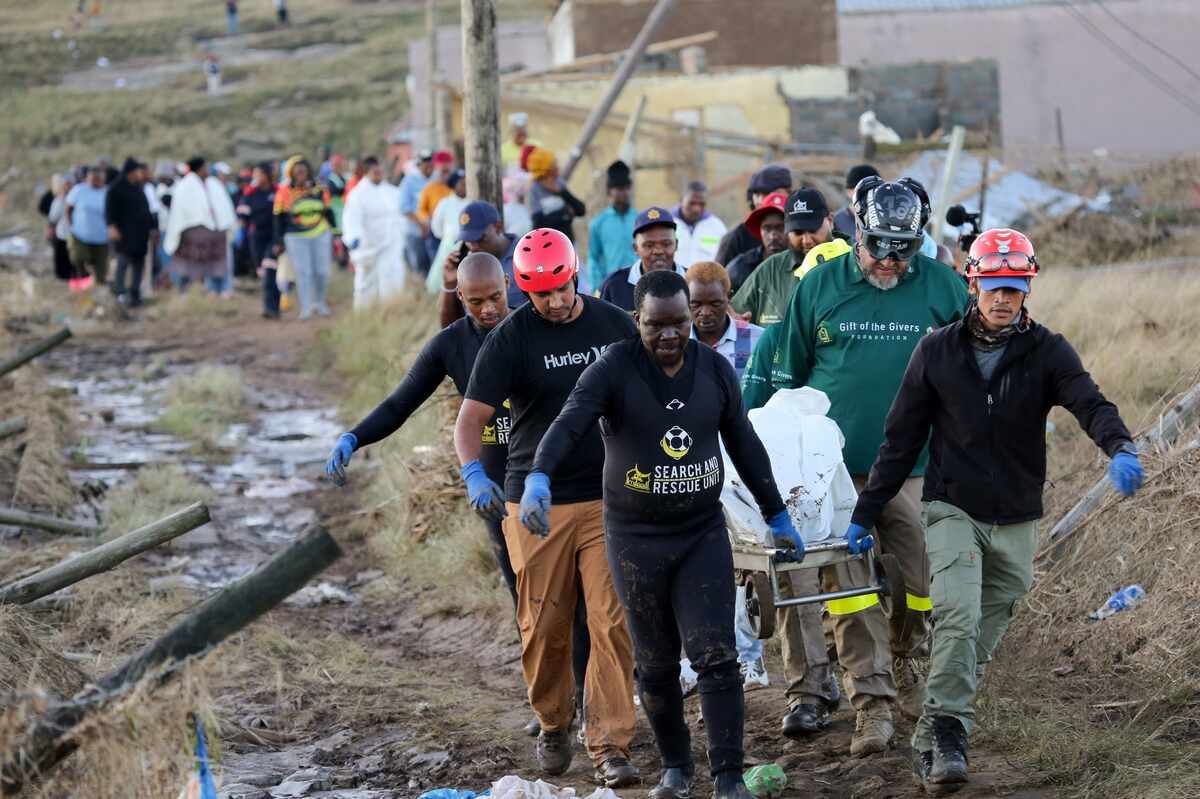Disaster funds are a jackpot for corrupt politicians who loot while flood victims wait in schools and churches for help that never comes, writesZukile Majova in Real Politics.
Disaster has struck the Eastern Cape, again. And, as always, the government’s response is to throw money at the crisis and hope for the best.
Seventy-nine people are dead. Over 6,000 schoolchildren are affected. Thousands have been forced from their homes and now sleep on school floors, in churches and in overcrowded community halls.
Instead of swift relief, the vultures are already circling.
This is not just pessimism. It’s reality. In South Africa, disaster funding has become a magnet for thieves in suits.
The government’s new disaster relief plan includes emergency support for four provinces: Eastern Cape, KwaZulu-Natal, Free State and Western Cape.
Cooperative governance and traditional affairs minister Velenkosini Hlabisa announced the “classification” of a national disaster to fast-track funding. The aim, he said, is to skip delays in declaring a disaster and allow departments to act quickly.
But this rush to release funds also opens the door to corruption.
We’ve seen this movie before. In April 2022, after deadly floods hit KwaZulu-Natal, Finance Minister Enoch Godongwana set aside R1 billion in relief money. He spread it across various grants to fix infrastructure, build emergency housing and support municipalities.
But to this day, hundreds of victims are still stuck in temporary shelters. Still no RDP houses have been built. And when asked what happened to the money, even the new provincial economic development MEC, Francois Rogers, had no answers.
That money vanished. Just like the billions looted during the Covid-19 crisis.
Remember the flood of emergency tenders that popped up in 2020? Over 90 companies appeared overnight and helped themselves to more than R2.2 billion. Some of that money was stolen by staff in President Cyril Ramaphosa’s own office.
Ramaphosa is not known for going after his allies. Instead, corrupt officials walk free while victims of disaster suffer without basic services.
The system is broken.
Disaster funds are attractive to criminals because they move fast, with fewer checks than normal tenders. In the scramble for contracts, politicians demand kickbacks. Hands are greased, palms are lined, and the poor are left behind.
Now, Ramaphosa’s government is preparing to pour in more money. In March this year, Minister Hlabisa announced R1.4 billion in disaster funding. KwaZulu-Natal got the largest chunk: R76 million for immediate aid, R149 million for fixing provincial infrastructure, and hundreds of millions more for ongoing municipal recovery.
But will the money reach the people who need it?
In many cases, provinces fail to even apply for the funds. They complain that the National Treasury demands too much paperwork. So they do nothing. And people continue to suffer.
The Eastern Cape government, led by Premier Oscar Mabuyane, has a particularly grim track record. It was the same government that oversaw the looting of money meant for Nelson Mandela’s funeral. They did the same with funds for Winnie Madikizela-Mandela’s burial.
Millions were stolen during the Covid-19 emergency. The Hawks and the Special Investigating Unit are still chasing the money. But few have gone to jail.
Now, Mabuyane is asking for more disaster money. He says the province is under-resourced and overwhelmed. “When things like this happen, we are always found wanting,” he said this week. “We are paralysed.”
He is right about one thing: the need is real. People need help now. But the National Treasury must not be careless.
This is not about stopping support. It is about stopping the rot.
The government must ensure transparency. Make every contract public. Track every cent. Audit every delivery. And prosecute the looters — even if they sit in the president’s inner circle.
Because if there’s one thing corrupt politicians love more than power, it’s disaster money. And if we’re not careful, they will feast on tragedy while the rest of us bury our dead.
Pictured above: President Cyril Ramaphosa inspecting the damage caused by the floods in Mthatha.
Image source: GCIS
